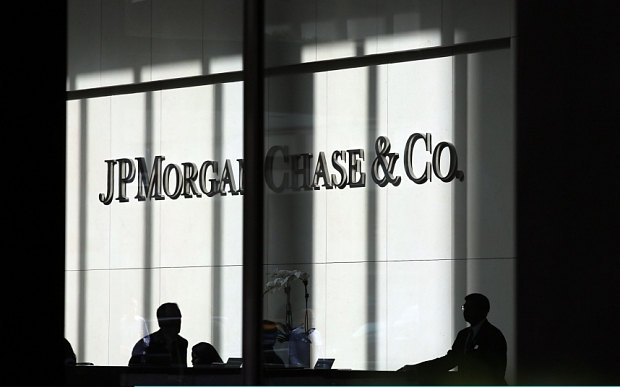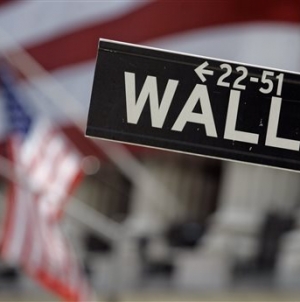-
Tips for becoming a good boxer - November 6, 2020
-
7 expert tips for making your hens night a memorable one - November 6, 2020
-
5 reasons to host your Christmas party on a cruise boat - November 6, 2020
-
What to do when you’re charged with a crime - November 6, 2020
-
Should you get one or multiple dogs? Here’s all you need to know - November 3, 2020
-
A Guide: How to Build Your Very Own Magic Mirror - February 14, 2019
-
Our Top Inspirational Baseball Stars - November 24, 2018
-
Five Tech Tools That Will Help You Turn Your Blog into a Business - November 24, 2018
-
How to Indulge on Vacation without Expanding Your Waist - November 9, 2018
-
5 Strategies for Businesses to Appeal to Today’s Increasingly Mobile-Crazed Customers - November 9, 2018
US sets capital surcharges for largest 8 banks
The Fed assigned capital charges totalling more than $200 billion for eight of the biggest and most complex United States banks to mitigate the danger that they could threaten the financial system.
Advertisement
“A set of graduated capital surcharges for the nation’s most systemically important financial institutions will be an especially important part of the strengthened regulatory framework we have constructed since the financial crisis, “Fed Governor Daniel Tarullo said at Monday’s Federal Reserve board meeting”. The new rules will not take full effect until 2019.
“This final rule will confront these firms with a choice: they must either hold substantially more capital, reducing the likelihood that they will fail, or else they must shrink their systemic footprint, reducing the harm that their failure would do to our financial system”, said Fed Chairwoman Janet Yellen in a statement.
The rule is designed “to reduce the risks posed by a GSIB to USA financial stability”, the Fed said.
The Federal Reserve is giving General Electric time to shrink its finance unit and escape the too- big-to-fail designation before it faces the full range of new oversight standards approved Monday.
But of the eight, only one is now below the new capital threshold: JPMorgan Chase, which needs to come up with an additional US$12.5 billion in capital by January 2019, when the new rules will be fully phased in.
The Fed is undertaking a broader review of possible changes to the stress test, and Mr. Tarullo said expected Fed staff to develop recommendations-including on the issue of the new surcharge-by the end of the year.
The surcharge imposed by the US central bank would be even larger than those imposed on foreign banks under the Basel Committee requirements initiated a few years back. The ruling establishes minimum holdings among what the Fed dubs global systemically important banks, or GSIBs, the firms with the most risk-based endeavors.
Banks would have to meet the additional capital requirement with common equity, considered the most stable source of funding because shareholders cannot withdraw their money in a panic. Alone in falling short, JPMorgan was said at the time to need around US$22 billion in new capital.
The Fed’s final rule also reduced how heavily banks would be penalized for relying on certain of types of short-term funding, including wholesale deposits.
The size of each bank’s additional capital requirement is tailored to the firm’s relative riskiness, as measured by a formula created by global regulators and the Fed.
The Clearing House Association, which represents Wall Street banks, said that while the final rule includes “some improvements” from the December proposal, it doesn’t “take into account the dramatic reduction in systemic risk” stemming from lenders’ efforts to reduce risks since the 2008 financial crisis.
Access Investor Kit for JPMorgan Chase & Co.
Advertisement
“Regulators should reasonably address risk, but this rule will kep billions of dollars out of the economy, (and) reduce lending to small businesses and families”, said FSR president Tim Pawlenty.





























